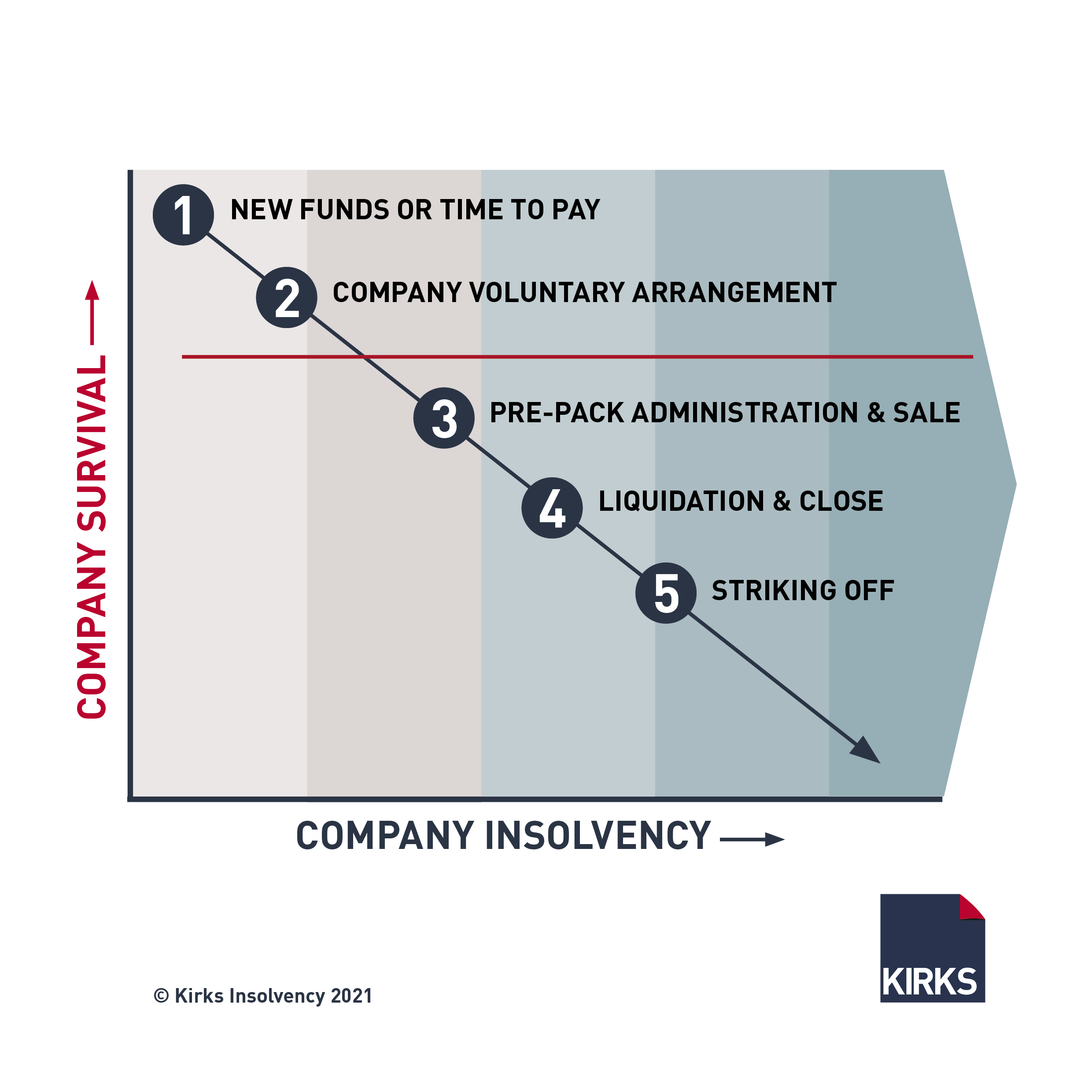All about Insolvency Practitioner
All about Insolvency Practitioner
Blog Article
Insolvency Practitioner Can Be Fun For Anyone
Table of ContentsRumored Buzz on Insolvency PractitionerFacts About Insolvency Practitioner Revealed7 Easy Facts About Insolvency Practitioner ShownThe Definitive Guide to Insolvency PractitionerThe Ultimate Guide To Insolvency PractitionerInsolvency Practitioner for DummiesThe Greatest Guide To Insolvency Practitioner
Insurance is checked and regulated by state insurance departments, and among their primary goals is securing policyholders from the threat of a business in monetary distress. When a firm enters a duration of financial trouble and is unable to satisfy its commitments, the insurance coverage commissioner in the firm's home state launches a processdictated by the laws of the statewhereby efforts are made to help the business reclaim its financial footing.If it is established that the business can not be fixed up, the company is stated bankrupt, and the commissioner will certainly ask the state court to get the liquidation of the business. [Back] The insurance commissioner, either designated by the governor or chosen, heads the state insurance coverage department and screens and manages insurance coverage task within the state.
By acquiring control of a firm, the commissioner (or the insurance department) is, by law, the rehabilitator or liquidator of the business. In this capability, the commissioner or department takes control of the business's operations. Insolvency Practitioner. Rather than do so directly, the commissioner might keep a special deputy receiver to supervise the company's activities.
3 Easy Facts About Insolvency Practitioner Explained
The receiver supervises a bookkeeping of the business's possessions and responsibilities and administers the estate of the company. In doing so, the receiver looks for to make the most of the business's assets, transfer them to money, and after that distribute that cash to lenders having valid cases versus the insurance firm according to settlement concerns specified by state law (in all states, insurance policy holders are priority claimants whose claims are paid prior to those of general financial institutions).
All insurance provider (with restricted exceptions) accredited to market life or medical insurance or annuities in a state should be participants of that state's warranty association. The guaranty association coordinates with the commissioner and the receiver in pre-liquidation preparation. Insolvency Practitioner. As soon as the liquidation is purchased, the guaranty association gives insurance coverage to the business's insurance policy holders that are state homeowners (approximately the levels specified by state lawssee listed below; any advantage quantities above the warranty asociation advantage levels come to be claims versus the business's remaining properties)

Insolvency Practitioner for Beginners
Second, insurance firms doing company in that state are assessed a share of the amount called for to satisfy the section of the guaranty associations' protected cases not otherwise moneyed with estate properties. The quantity insurance firms are examined is based on the quantity of costs that they gather in that state. The National Company of Life and Health Insurance Guaranty Associations (NOLHGA) is made up of the life and health and wellness insurance guaranty organizations of all 50 states and the Area of Columbia.
NOLHGA develops a job force of representative guaranty organizations to function with the insurance coverage commissioner to develop a strategy to secure policyholders. For additional information on NOLHGA's function at the same time, see "What Is NOLHGA?" and "The Safeguard at Job." [Back]
You are right here: Bankruptcy is when a company or individual can't pay financial debts when they schedule. There are several alternatives offered to a financially troubled business or individual: ASIC controls business, it does not handle personal insolvency procedures. For more details about insolvency and individual bankruptcy agreements, visit the Australian Financial Security Authority website.
Little Known Facts About Insolvency Practitioner.
Predictive protection by assisting you pick the ideal consumers and the appropriate markets to stay clear of uncollectable loan to begin with, thanks to severe monetary evaluation. In-depth market knowledge, giving you with 360-degree visibility on company industries and approaching problems. It would certainly be a simplification to think a trade credit score insurance coverage begins and ends with costs and pay-outs.
This can occur for a variety of factors, including bad economic monitoring, unexpected prices, or a modification in the market. If a firm is insolvent, click here for more it might be compelled to fold or sell possessions to pay lenders. This can have a significant effect on the organization, workers, and investors.
Why does a firm get in right into bankruptcy? There are a number of reasons why a firm might enter into insolvency.
The 9-Minute Rule for Insolvency Practitioner
Other factors for bankruptcy include scams, mismanagement, and unforeseen prices. Bankruptcy can additionally lead to task losses and the closure of organizations.
The business Visit Your URL may be forced to market possessions, lay off staff or even shut down. Financial institutions may be left out of pocket and the business's shareholders might see their financial investment disappear (Insolvency Practitioner).
An Unbiased View of Insolvency Practitioner
This can occur for a number of reasons, including bad monetary administration, unexpected prices, or an adjustment on the market. If a firm is insolvent, it might be compelled to fold or liquidate possessions to pay lenders. This can have a significant influence on business, employees, and shareholders.

Other factors for insolvency consist of scams, mismanagement, and unforeseen expenses. Insolvency can also lead to work losses and the closure of companies.
8 Simple Techniques For Insolvency Practitioner
This can have serious effects for the company, its stakeholders, lenders and the economic climate. The company may be required to market possessions, lay off personnel or perhaps shut down. This can have a ripple effect on the neighborhood neighborhood and the economic situation as a whole. Creditors may be left out of pocket click here to find out more and the business's shareholders may see their financial investment disappear.
Report this page